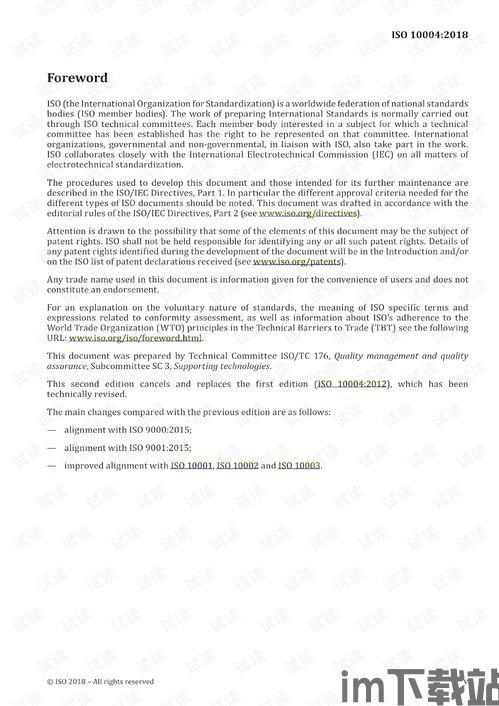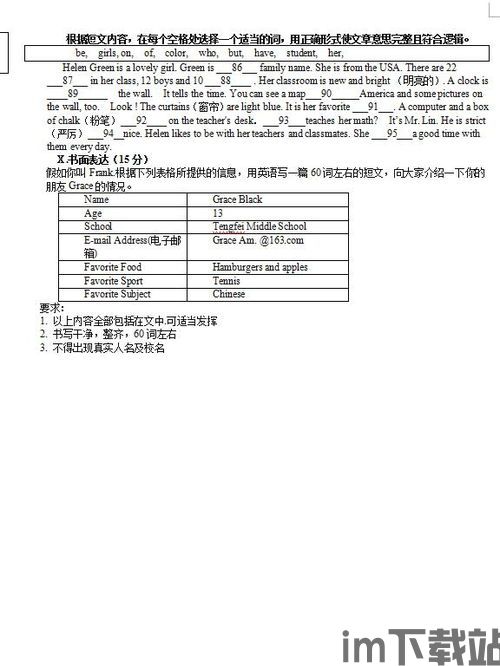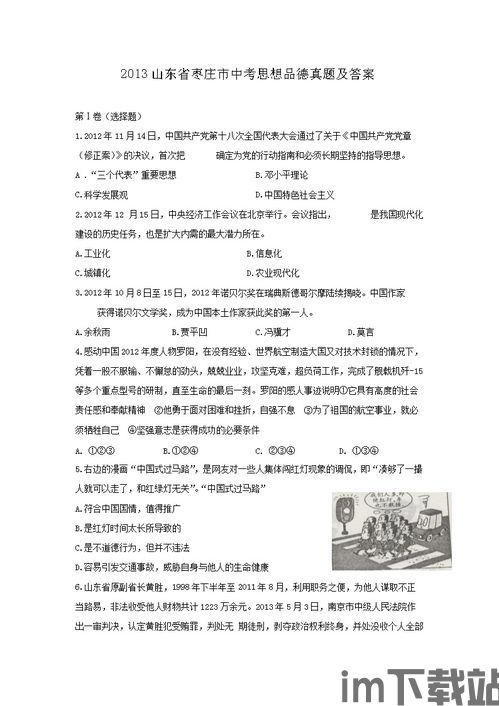 安卓版下载
安卓版下载
跳舞的线安卓版
- 支 持:Android
- 分 类:应用软件
- 大 小:72.79MB
- 版 本:
- 评 分:
- 开发者:
- 下载量:15940次
- 发 布:2024-11-07 05:10
#跳舞的线安卓版截图
#跳舞的线安卓版简介
Introduction to Versioning: The Importance in Software Development

Versioning is a fundamental concept in software development that ensures the management and tracking of changes made to a software product over time. It is crucial for maintaining the integrity of the codebase, facilitating collaboration among developers, and providing a clear path for updates and bug fixes. In this article, we will explore the significance of versioning, different versioning schemes, and best practices for implementing them.
Understanding Versioning

Versioning is the process of assigning unique identifiers to different iterations of a software product. These identifiers typically consist of a major version number, a minor version number, and a patch number. The major version number represents significant changes or new features, the minor version number indicates smaller updates or enhancements, and the patch number addresses bug fixes and security vulnerabilities.
Common Versioning Schemes

There are several popular versioning schemes used in the software industry. Here are a few of the most common ones:
Sequential Versioning: This is the most straightforward scheme, where each version is incremented sequentially. For example, 1.0, 1.1, 1.2, etc.
Pre-release Versioning: This scheme includes pre-release versions, such as alpha, beta, and release candidate, to indicate that the software is still under development. For example, 1.0-alpha, 1.0-beta, 1.0-rc1.
Semantic Versioning (SemVer): SemVer is a widely adopted versioning scheme that emphasizes the importance of backward compatibility. It uses a three-part version number (major.minor.patch) and follows a specific set of rules for incrementing each part. For example, 1.2.3 to 1.3.0 indicates a major update, 1.2.3 to 1.2.4 indicates a minor update, and 1.2.3 to 1.2.3-alpha indicates a pre-release update.
Benefits of Versioning

Versioning offers several benefits to software development teams and end-users:
Tracking Changes: Versioning allows developers to keep track of changes made to the software, making it easier to identify and fix issues.
Collaboration: With clear versioning, teams can collaborate more effectively, as they can easily identify which version of the software a particular change was made to.
Backward Compatibility: Semantic versioning, in particular, ensures backward compatibility, which means that updates should not break existing functionality for users who are using the previous version of the software.
Deployment and Updates: Versioning simplifies the deployment and update process, as it provides a clear indication of what changes have been made and when.
Best Practices for Implementing Versioning

When implementing versioning in your software project, consider the following best practices:
Consistency: Stick to a consistent versioning scheme throughout the development process.
Documentation: Document the versioning scheme and the rationale behind it, so that all team members are aware of the process.
Automate Versioning: Use tools and scripts to automate the versioning process, reducing the likelihood of human error.
Tag Releases: Use version control systems to tag releases, making it easier to track changes and roll back to previous versions if necessary.
Conclusion

Versioning is an essential aspect of software development that helps manage changes, facilitate collaboration, and ensure backward compatibility. By following best practices and choosing the right versioning scheme, development teams can create a more organized and maintainable codebase, ultimately leading to a better user experience.
Tags

Software Development, Versioning, Semantic Versioning, Release Management,












